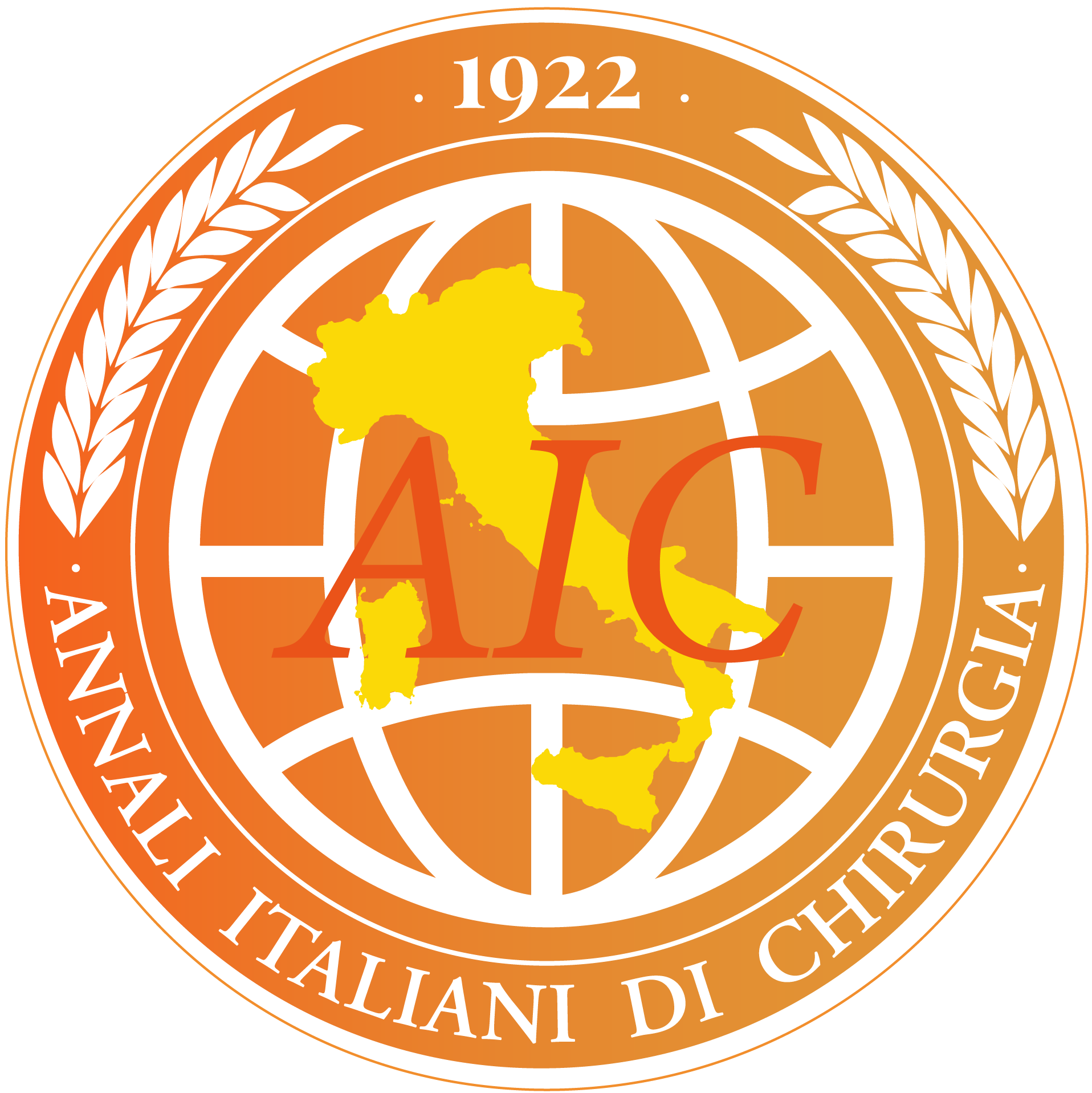Effect of Anatomical Pulmonary Segmentectomy and Lobectomy under Uniportal Video-Assisted Thoracoscopic Surgery on Cardiopulmonary Function and Serum Tumor Markers in Patients with Early-Stage Non-Small Cell Lung Cancer
Yiting Shi 1Shuai Xiao 1
1 Department of Thoracic Surgery, Ningbo No.2 Hospital, 315000 Ningbo, Zhejiang, China
Ann. Ital. Chir., 2024, 95(4), 100173; https://doi.org/10.62713/aic.3462
Published:
Copyright © 2024 The Author(s).
This work is licensed under a Creative Commons Attribution 4.0 International License.
Abstract
AIM: In patients with early non-small cell lung cancer (NSCLC), single-port thoracoscopic anatomical segmentectomy is the primary therapeutic approach. However, the recovery of lung function is slow after operation. Conversely, anatomical segmental pneumonectomy, which excises a smaller volume of lung tissue, may facilitate more rapid functional recovery. This study aims to elucidate the comparative efficacy of these two surgical interventions by analyzing postoperative changes in cardiopulmonary function parameters and serum tumor markers. METHODS: A retrospective analysis was conducted on 120 patients with NSCLC between October 2020 and October 2023. The cohort was classified into two groups based on the surgical intervention: the pulmonary segmentectomy group (n = 57), which underwent uniportal video-assisted thoracoscopic anatomical pulmonary segmentectomy, and the lobectomy group (n = 63), which received uniportal video-assisted thoracoscopic anatomical lobectomy. Surgical parameters and perioperative stress indicators were recorded for both groups of patients. Additionally, cardiopulmonary function indicators and serum biomarker levels of the patients before and 3 months after operation were compared. RESULTS: The operation time of the segmentectomy group was longer than that of the lobectomy group, the intraoperative blood loss was higher, and the postoperative hospital stay, chest drainage volume and drainage tube indwelling time were shorter (p < 0.001). After treatment, forced expiratory volume in one second (FEV1), forced vital capacity (FVC), FEV1/FVC and maximal voluntary ventilation (MVV) in the segmentectomy group were higher than those in the lobectomy group (p < 0.001). After treatment, stroke volume (SV) and left ventricular ejection fraction (LVEF) in the segmentectomy group were higher than those in the lobectomy group (p < 0.001). There were no significant differences in carbohydrate antigen 50 (CA50), carcinoembryonic antigen (CEA) and cytokeratin 19 fragment antigen 21-1 (CYFRA21-1) levels between the two groups after treatment (p > 0.05). The levels of Epinephrine (E), Noradrenaline (NE) and Cortisol (Cor) in the segmentectomy group were lower than those in the lobectomy group at one day after operation (p < 0.001). CONCLUSIONS: Compared to uniportal video-assisted thoracoscopic anatomical lobectomy, anatomical pulmonary segmentectomy for the treatment of NSCLC is more effective in reducing surgical-induced damage to cardiopulmonary function and can lower perioperative oxidative stress response. However, both surgical approaches exhibit minimal impact on serum tumor marker levels.
Keywords
- anatomical pulmonary segmentectomy
- anatomical pulmonary and lobectomy
- cardiac function
- early stage
- NSCLC
- pulmonary function
- tumor markers
- uniportal video-assisted thoracoscopic surgery

